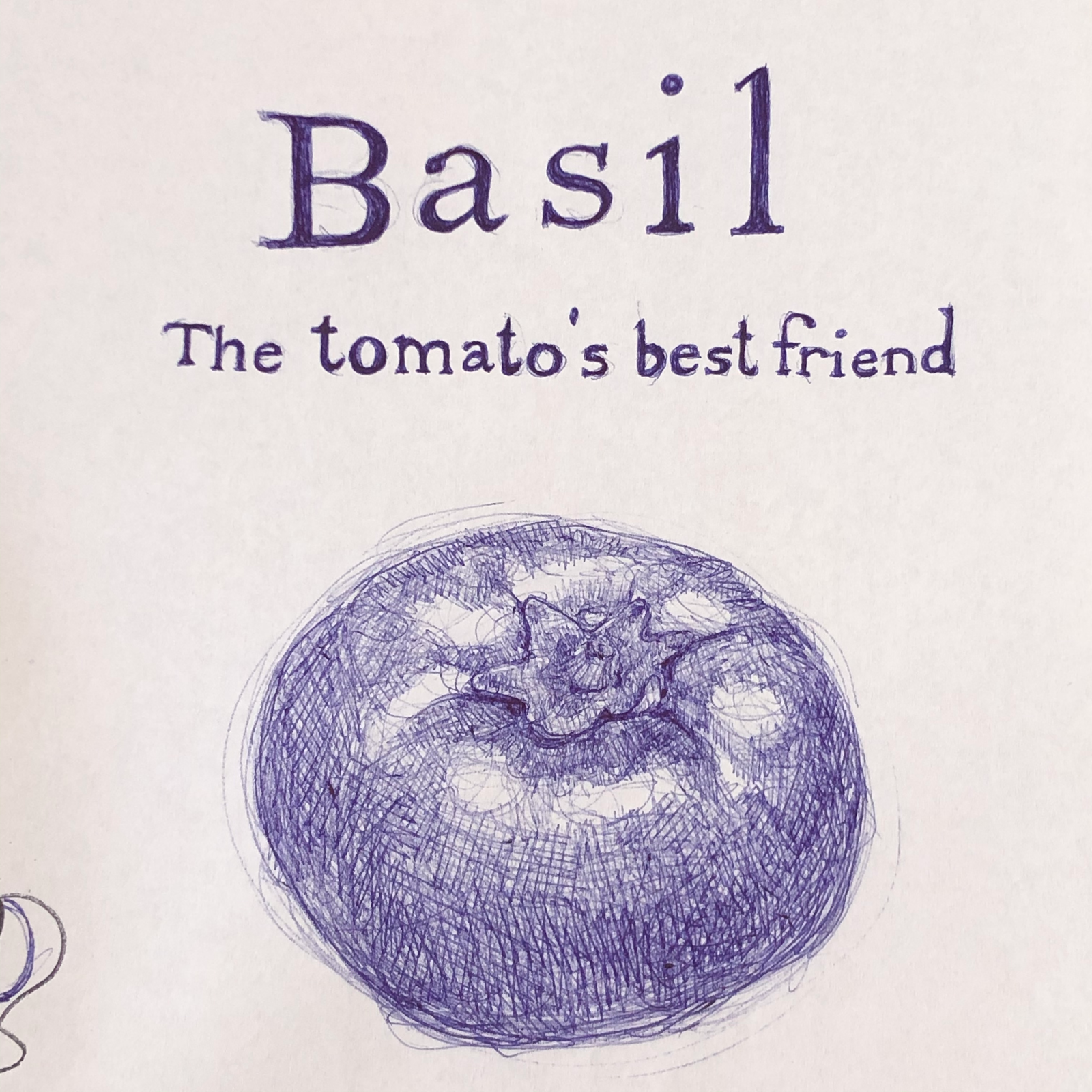
Dear 162, and all those who understand the separation —
162 N State St, Chicago, Illinois, 60601; you gave us a neighborhood within a temporal bubble. Your inhabitants arrived from all over the world; we moved in one warm and luminous August day last fall, and now we look back upon our cluttered memories — the accumulation of things created and collected came to an end all too soon. There was an impermanence of existence within the constant movement in 162, one that I never imagined would be fulfilled through pandemic.
In the disorienting whirlwind of events that have occurred in the past month, events which have rendered me 1800 miles away from your postered walls and dark carpet, I find myself reminiscing on the spaces you offered. I know I’ve called you out for your uncaring efficiency; I may have well regarded your space as an encapsulation of the circulatory, mundane nature of Chicago’s Loop, facilitating only a fundamental cycle of sleeping, eating, and excreting.
But what I failed to reflect on was how all your gaps, all the empty spaces which you offered, begged only to be filled with what we deemed necessary in building a home-for-now. 162, you are now the home-of-then; we filled your walls with our artworks, sat in your rooms with new friends, furious artists with stinky feet.
Now with just memories, I find myself deeply appreciative of you, 162, as a functional, well-kept unit of our school, with a dedicated security team and diligent maintenance crew who, I hope, inspired all of us fortunate enough to experience life in the dorms to demonstrate a little more respect towards one another.
Perhaps in such an acknowledgment, we appreciate 162 as a site fulfilling needs beyond the primal. For anyone who lived within the dorms, or perhaps still does upon receiving approval to stay in their paid-for homes, our individual assigned nests allowed for some degree of flexibility in creating a place of belonging. As if a childhood memory, I visualize our front doors opening to expose a diminutive kitchenette, bathroom, and loft bed above the bathroom. Beyond this, our rooms bloomed into a larger space where the desks and floor beds were positioned. But what I find myself missing the most is your cramped kitchenette. I apologize to you, 162, for calling the spaces you offered unfriendly, as I now understand the catharsis I found in cooing upon your uneven electric burners.
In perceiving the kitchen as a space for creating essential sustenance, I consider the capacity of the kitchenette in the dorm room. I stand in the hallway between the burners and the toilet. A space that renders the act of eating purely as need, separated from its enjoyment as we are physically reminded in space of foods’ inevitable exit from our body. In preparing a meal might I regrettably turn around and see … oh look! The bathroom! How nice!

As I remember you through our developing familiarity, I consider those uneven electric burners — the left burner with a much quicker and stronger capacity for heat, the right one taking its time. I would slightly raise one side of the pot up as to allow for an even sauté. In the excitement of cooking, I would unapologetically leave the cabinet and refrigerator doors open, with bags of cilantro and spice bottles strewn about the limited counter space. I bumped my head on the open cabinet doors so many times so that I no longer took notice.
Now, I miss the imperfection of the finished dish. I miss the movements performed in that space, and only in that space. So, I present an homage to the last dish I prepared before receiving the news of our school’s in-person cancellation due to pandemic: tomato sauce with spaghetti.
Consider the tomato sauce. This simply adaptable, one-pot tomato sauce recipe was conducive not only to the constrained space of the dorm room kitchenette, but also served as a popular comfort food among many, exuding smells of home and grounding us in impermanence. The elemental rendition of the tomato sauce typically mobilized five key ingredients: canned tomatoes, onions, garlic, olive oil, and salt. I did not consider pasta an essential ingredient in this case. While many may disagree, with their unfaltering love for the simple delicacy of a bowl of sweetly buttered noodles, I propose that the pasta merely functions as a delivery mechanism for the sauce. It can also function independently of the pasta, whether over sautéed vegetables, an egg, or a slice of bread. This fundamental recipe serves as a jumping off point to be taken in any direction.
Albeit a challenging space to navigate, the dorm room kitchenette spurred an unforeseen spontaneity in cooking, encouraging experimentation with ingredients and flavors, fitted to the active life of the financially challenged college student. The tomato sauce, delectable and adaptable, stood in for an array of one-pot recipes that came about in the space of the kitchenette. Thank you for teaching me, for cultivating an adoration of and appreciation for cooking.
And now, in the no-handshake era, in limited movement and the constraints of shelter-in-place, I offer you this recipe: my way of hugging, my way of speaking and promising to you an unfaltering care. In the unspoken languages of writing and cooking, I find myself able to communicate my care for others, a love for bringing people together over the table in anticipation of a meal, warm laughter, exuberantly conversing, reaching over each other for another serving; the overlapping of voices, the gestures of conversation. I miss these movements, and I miss these sounds.
Take this recipe and do what you wish, but may I find you as I did sitting at the table in our dorm room. As we lived in active impermanence in the dorms, we now find ourselves in the static impermanence of quarantine. No more potlucks, no more bringing people together in the space of the dorm room. This is my way of maintaining communication with you, 162. I thank you; what a privilege it was to live as an artist among artists.
To my first home-for-now, to all the now displaced artists, to the distant kitchenette,
Lily Fast

Tomato Sauce: The Base
Can of tomatoes (plum, peeled, chopped, whole, whatever)
1 onion, chopped
Several cloves of garlic, minced
Olive oil or other cooking oil
Salt
Other suggested ingredients:
Capers
Mushrooms
Ground pork or beef (or both)
Anchovies
Spices: red chili flakes, chili powder
Herbs: thyme, basil, parsley







